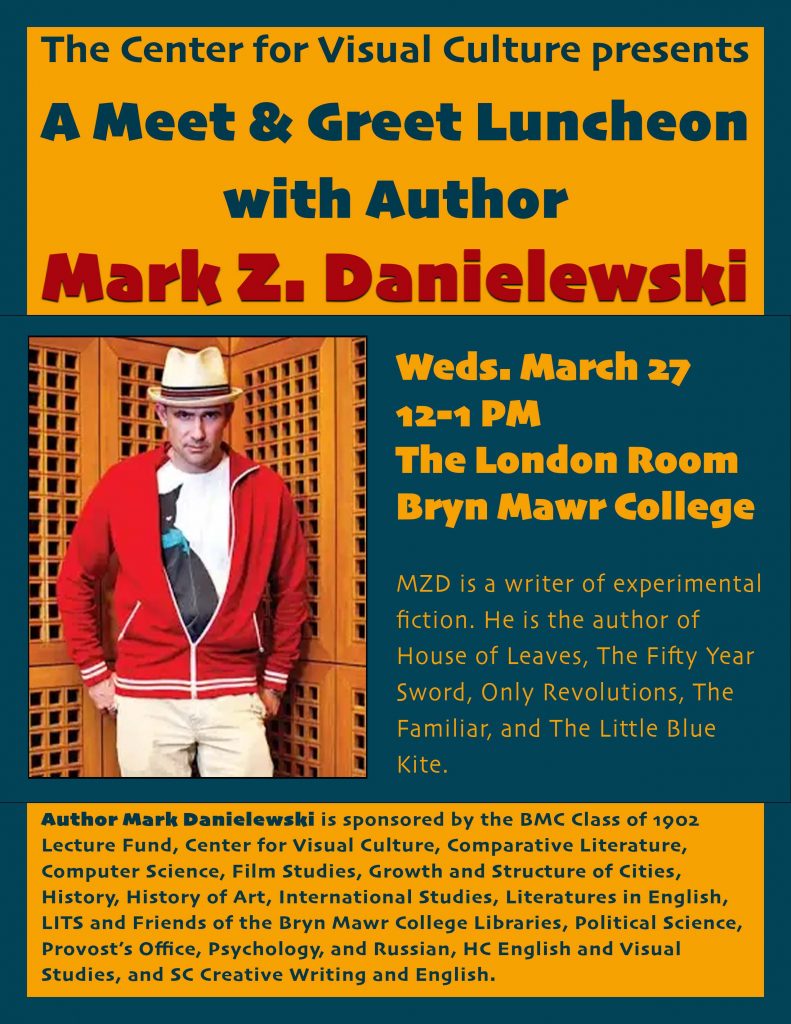Category Archives: Weekly Colloquia
January 31, 2024 – Timothy Harte
February 7, 2024: Book Talk with Kaysha Corinealdi, PhD
February 21, 2024 – Jordanna Sagesse
February 28, 2024: Deniz Turker
March 6, 2024: Bonnie Cheng
March 19, 2024 – Dr. Verena Krebs
The Center for Visual Culture, Medieval Studies, MECANA, Museum Studies and the Office of the Provost present
Dr. Verena Krebs, FRHistS, Medieval Cultural Realms and Their Entanglements
Historical Institute, Ruhr-Universität Bochum, Germany
“Ethiopian Queens and Ferenji Painting: Global Histories of Medieval Art”
Tuesday, March 19, 2024, Carpenter Library, Room B21
4:30 PM
Ethiopian painting is often perceived as an isolated branch of Orthodox Christian sacred art. Yet, the visual and material culture from the late medieval Christian kingdom of Solomonic Ethiopia reveals a web of political and artistic connections that spanned continents. This talk delves into the role of Solomonic queens and princesses as patrons who actively commissioned and imported sacred art objects from workshops across medieval Europe and the Eastern Mediterranean to consolidate and showcase their political power in late fifteenth- and early sixteenth-century Ethiopia, highlighting African-European artistic interactions that reconfigure the history of pre-modern cultural entanglement.
March 20, 2024: Lynne Huffer
March 27, 2024: Author Mark Danielewski Meet & Greet Luncheon
April 3, 2024: Katherine Groo
Associate Professor of Film and Media Studies
Lafayette College










